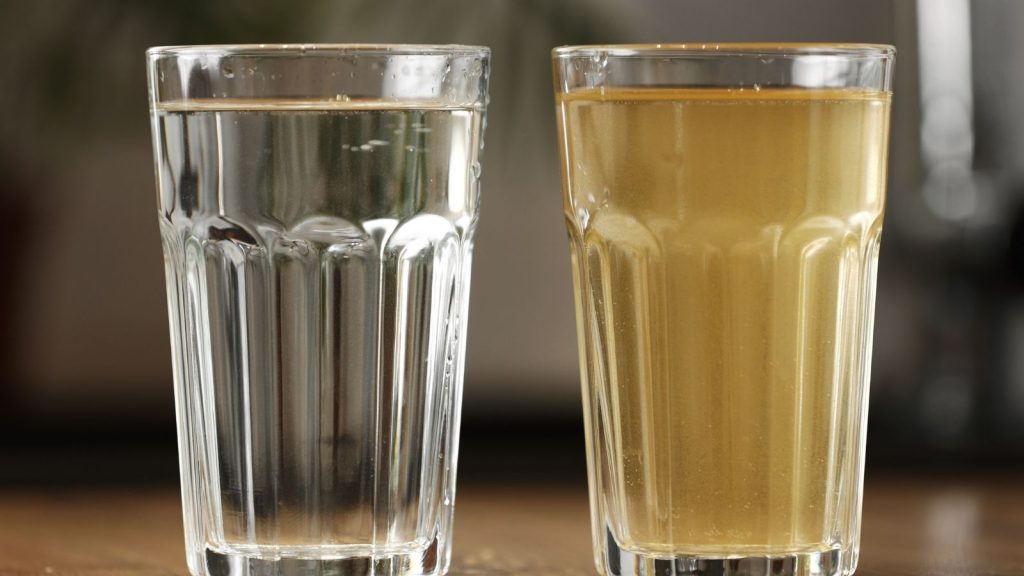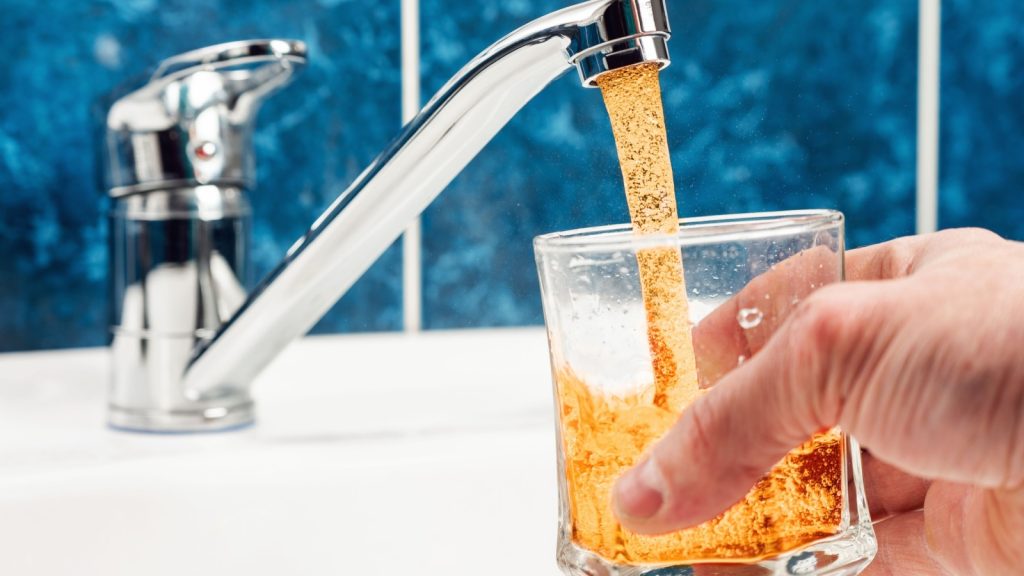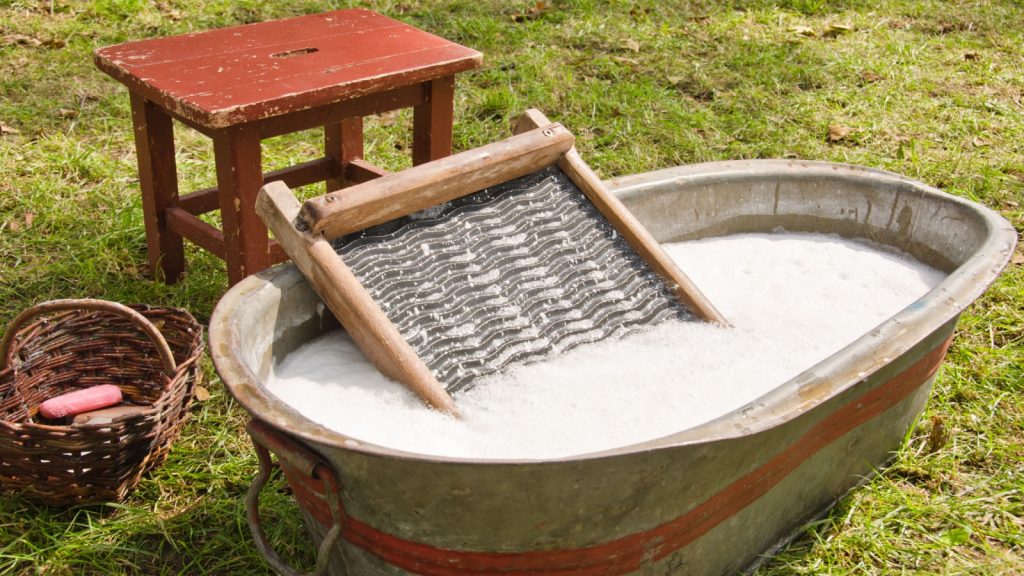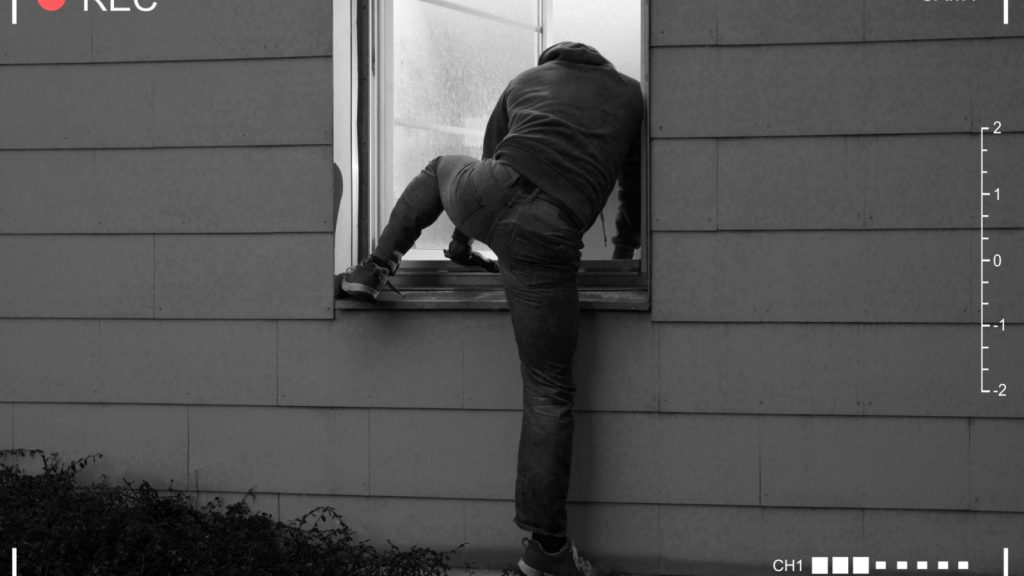Clean water isn’t just a convenience—it’s the cornerstone of survival and health. But here’s the thing: water problems don’t always announce themselves with obvious signs like murky color or bad smells. Sometimes the most dangerous contaminants are the ones you can’t see or taste.
Whether you’re on city water or have your own well, knowing how to spot trouble before it becomes a crisis could save your family from serious illness. We’ve identified 15 warning signs that your water might be telling you something’s wrong. Some are subtle hints you might be missing right now, while others are red flags that demand immediate action.
Think about it: when your water supply goes bad, everything from drinking to cooking to basic cleaning becomes a challenge. And in a real emergency, you can’t count on simply running to the store for bottled water. That’s why understanding these signals—and knowing exactly what to do when you spot them—isn’t just smart prepping. It’s essential knowledge for protecting your household.

Nearby Construction or Industrial Activity
Construction or heavy industry near your water source can disturb the ground and introduce pollutants. It’s wise to monitor your water quality during such activity.
Sediment in the Water
Floating particles or sediment settling at the bottom of a glass are signs that your water isn’t as pure as it should be. Sediment often indicates pipe disruption or contamination at the source and may harbor harmful bacteria.
Wildlife Behaviour
Animals often avoid water that’s unsafe to drink. If local wildlife starts steering clear of your water source, it’s a strong signal something might be wrong.
Changes in Water Pressure
A sudden drop in water pressure could indicate a blockage or break in your system, which may also let contaminants into your supply.
High Water Bills
A sudden spike in your water bill might indicate a hidden leak. Besides wasting water, leaks can let harmful substances enter your system, jeopardizing its quality.
Odd Smell
Water shouldn’t smell. A musty, fishy, or chemical-like odour might suggest bacteria, algae, or an overload of treatment chemicals. If the smell is noticeable, it’s worth investigating further.
Unusual Colour
Water should always appear clear. If it suddenly turns brown, yellow, or any other unusual hue, it could mean contamination. Rust from old pipes, soil runoff, or other impurities might be responsible, and they’re certainly not something you want in your drinking water.
Frequent Gastrointestinal Illnesses
Recurring stomach problems might point to contaminated water. Pathogens in water can cause long-term health issues if left unchecked.
Change in Water Clarity
Cloudy or murky water could mean it’s full of particulates or microorganisms. Always investigate sudden changes in clarity.
Soap Scum Buildup
Soap scum is a tell-tale sign of hard water. Though not immediately harmful, the excess minerals in hard water can corrode pipes and allow metals to enter your supply.
Corrosion on Fixtures
Corrosion or limescale on taps can mean your water is too acidic. Over time, this damages pipes and could pose health risks by leaching metals into the water.
Algal Blooms Nearby
If you rely on natural sources like lakes or rivers, algal blooms are a serious warning. They release toxins that can harm people and animals alike.
Drying Up of Nearby Water Sources
If nearby streams or ponds are drying up, pollutants might become concentrated in your water supply, affecting its safety.
Sputtering Faucets
Water flow should be steady. If your taps start sputtering, it could mean air is entering the pipes. This might signal a crack or breach that also allows contaminants to seep in.
Strange Taste
Clean water has a neutral taste. If yours suddenly tastes metallic, salty, or bitter, it might be tainted with chemicals or metals. Often, these contaminants come from old plumbing or nearby industrial activity.
James is a former logistics coordinator and wilderness safety instructor, whose practical experience taught him the value of sensible preparedness and calm resilience. Passionate about self-reliance, James teaches everyday skills—like water purification, emergency communication, and outdoor safety—to help people confidently handle life's disruptions without fear or overwhelm. His approachable style combines real-world insights with relatable, personal stories and experiences.



